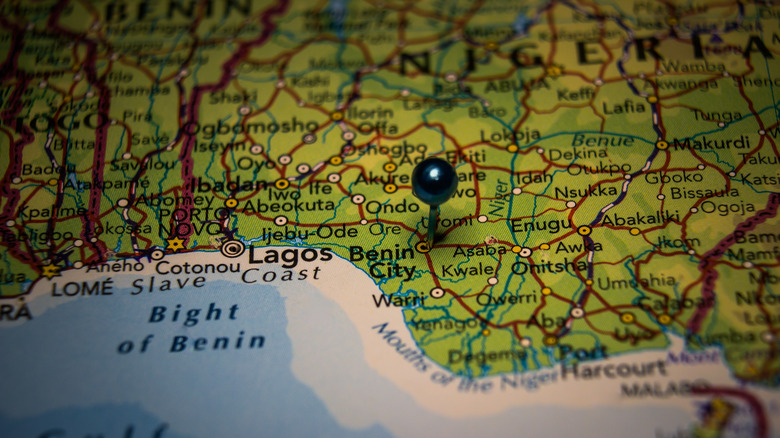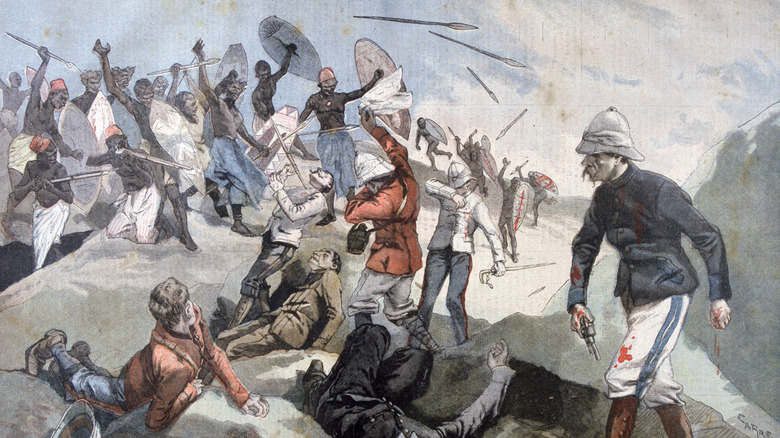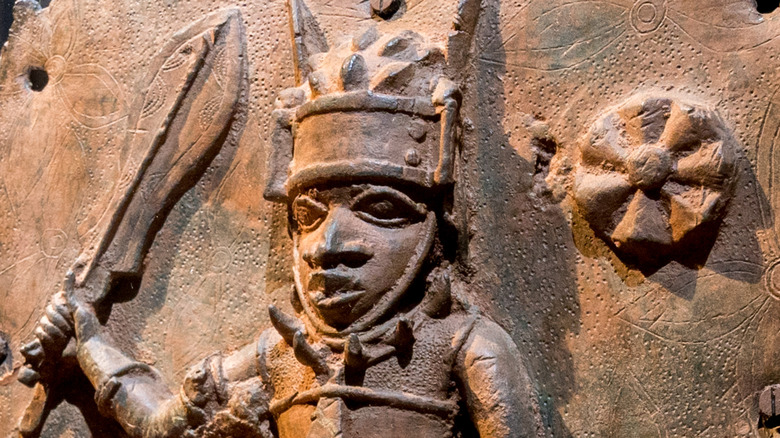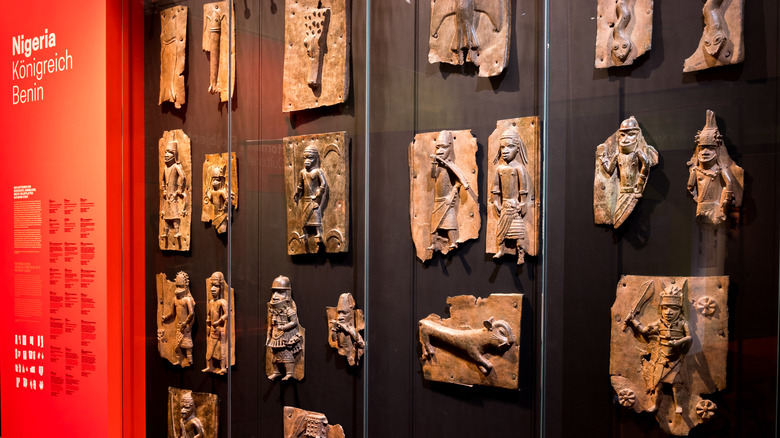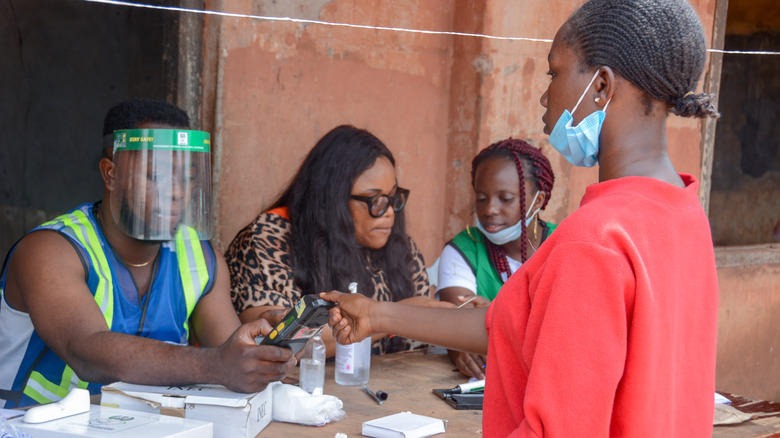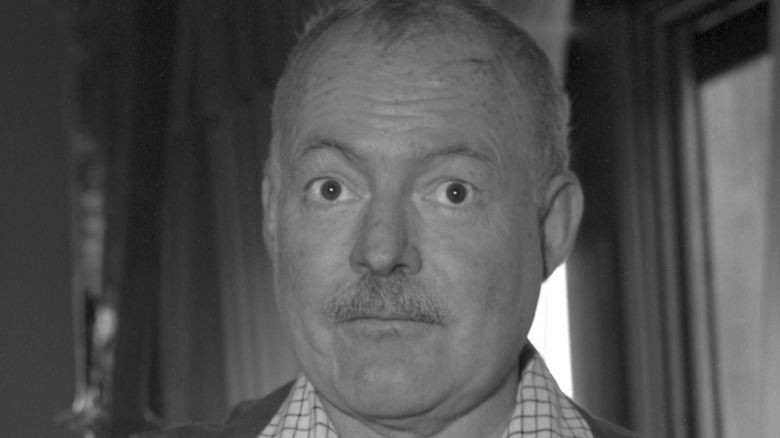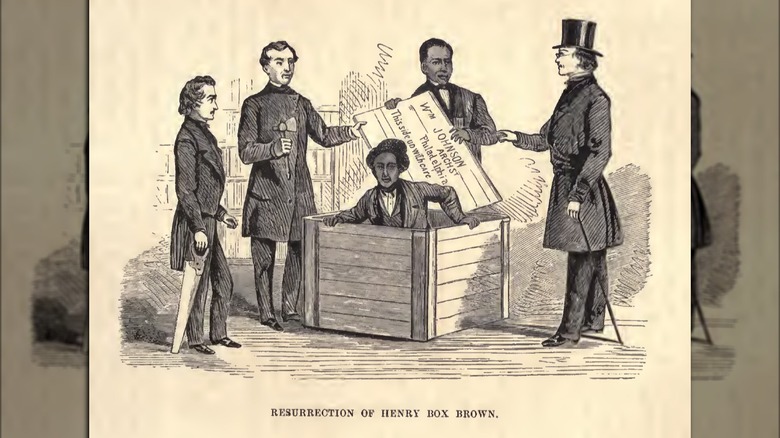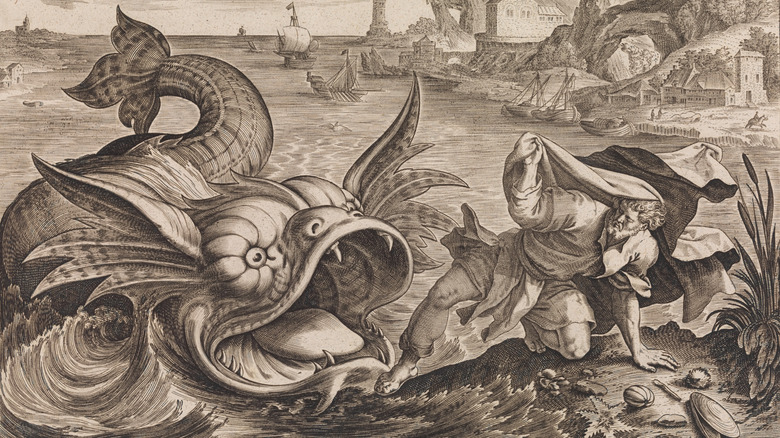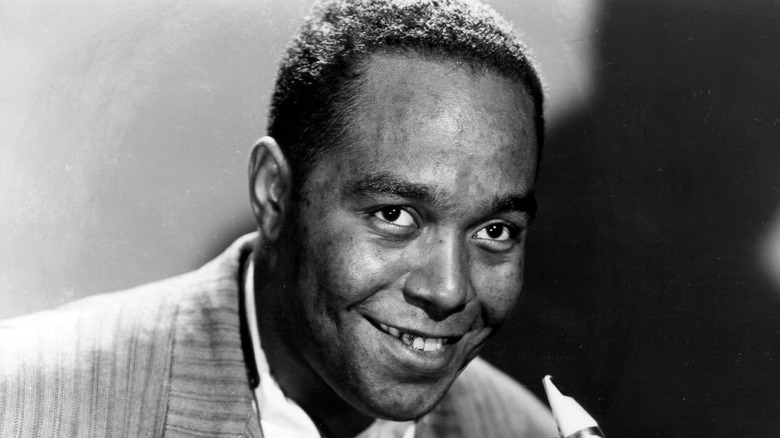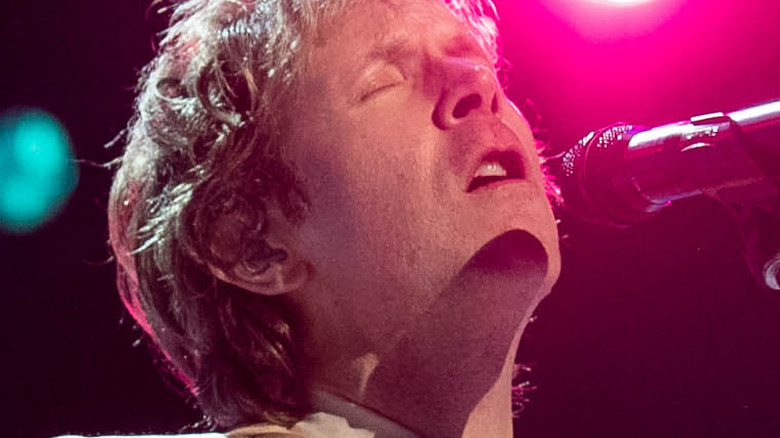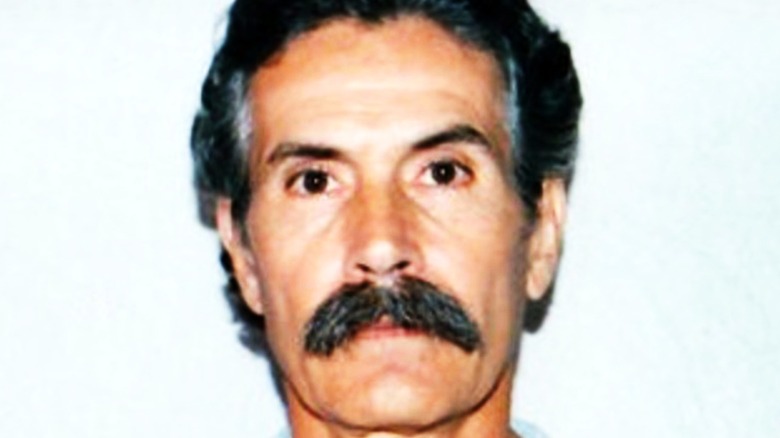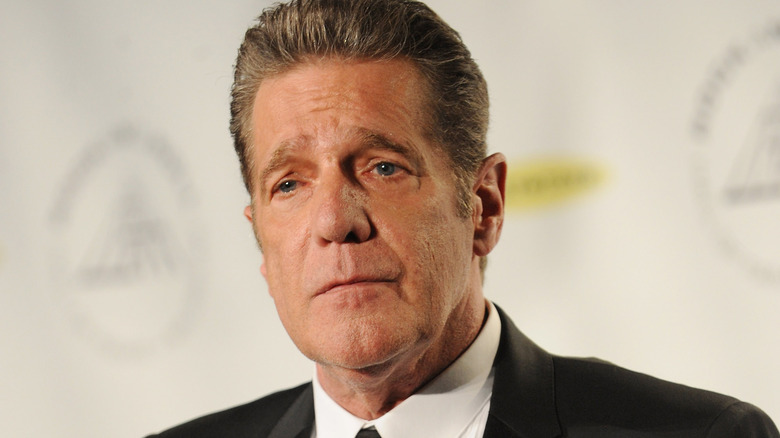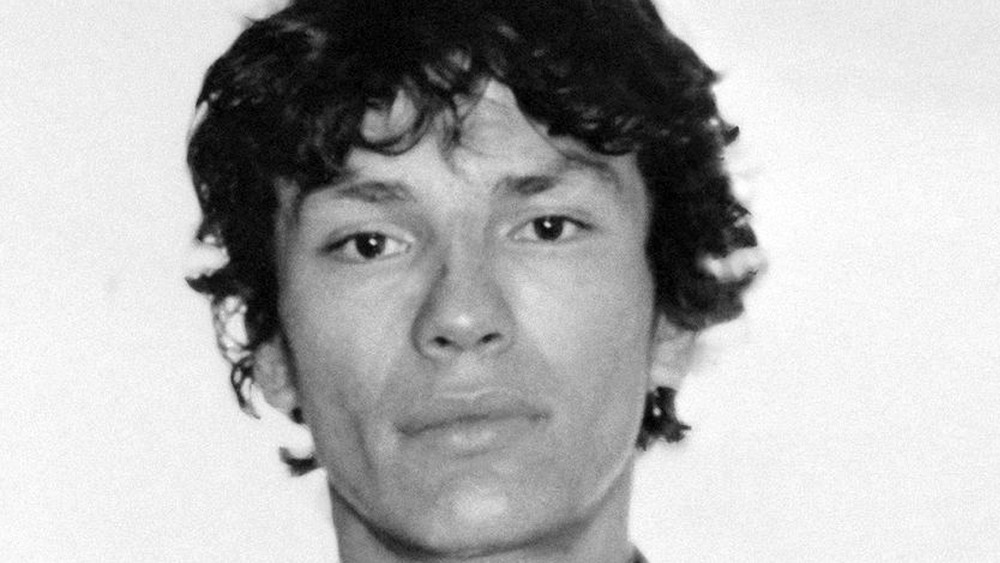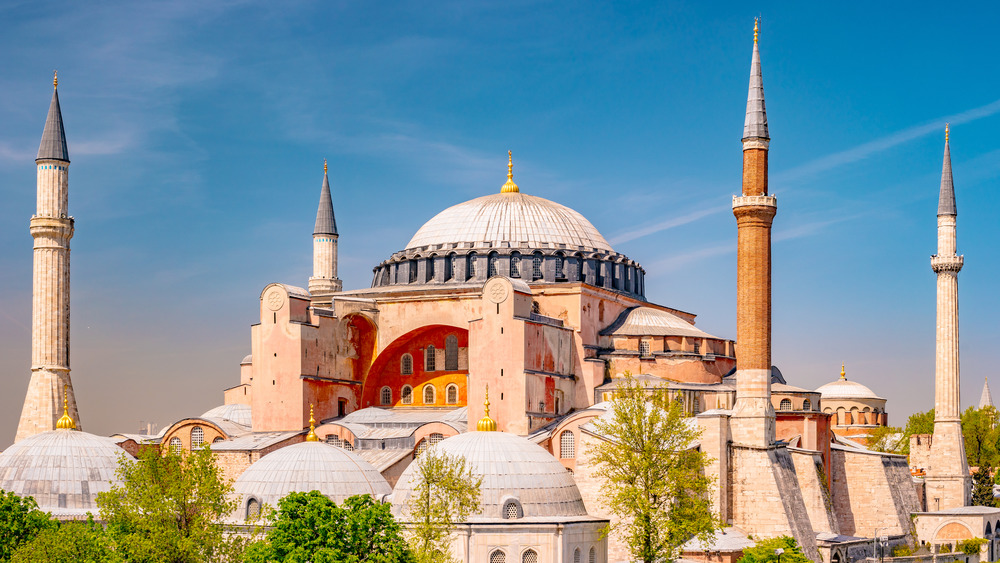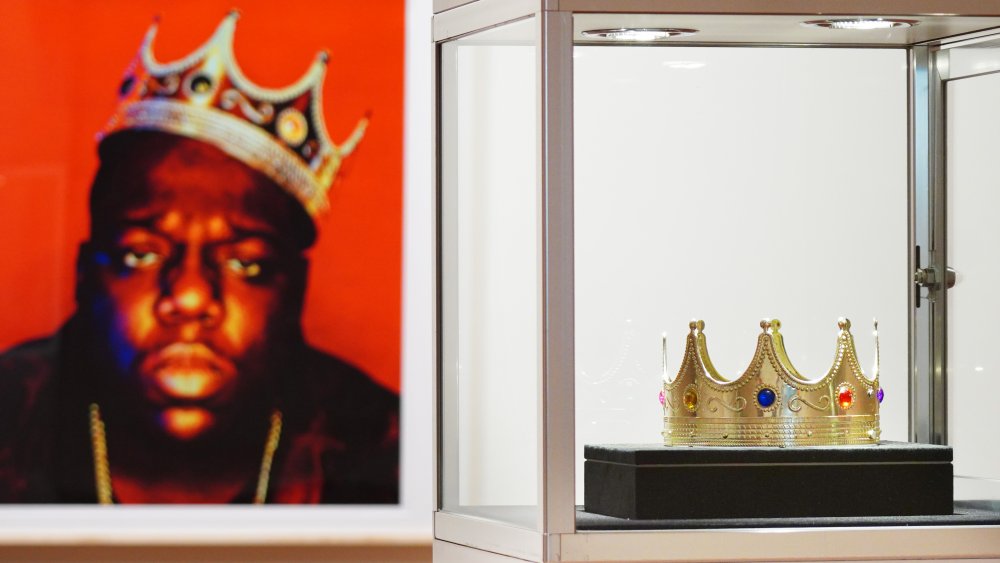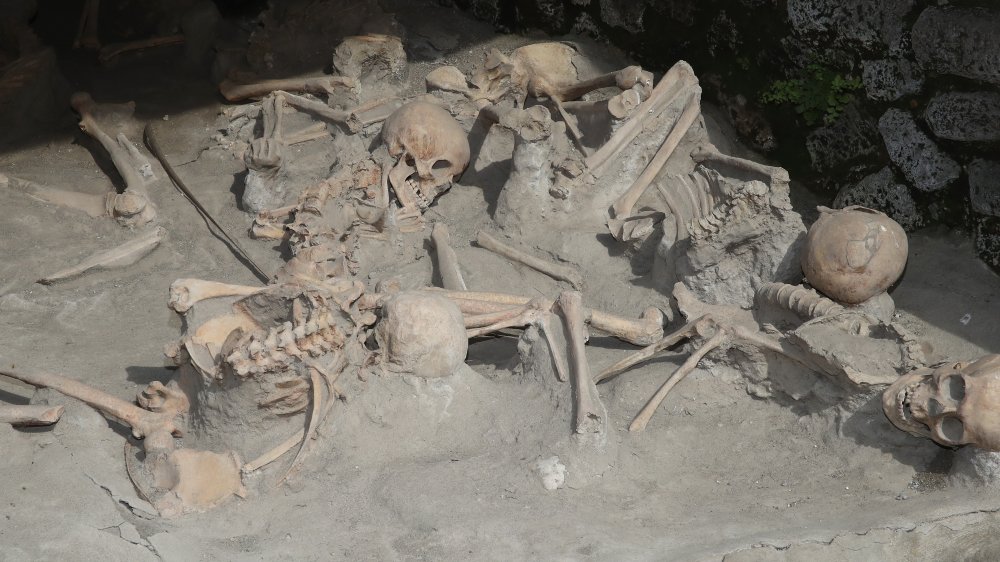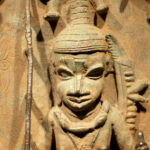
The Tragic True Story Of The Benin Massacre
The Kingdom of Benin, which was originally called Igodomigodo, was founded by the Edo people of southern Nigeria around the year 900. The kingdom, which was established in a heavy rainforest, was originally ruled by a series of kings, who were called the Ogisos, or the “Rulers of the Sky.”
As reported by BBC, the Edo people lived under the rule of the Ogisos for more than 200 years. However, they eventually sought independence and ultimately cut ties with the Ogisos in the 1100s. National Geographic reports the newly independent Edo people called themselves The Kingdom of Benin.
Although they did not want to be under the rule of the Ogisos, the Edo people recognized that they needed a leader to maintain order. As reported by BBC, they approached Oranmiyan, the King of Ife, who ruled a neighboring kingdom, for help. Oranmiyan sent his son, Eweka, to become the first Oba, or ruler, of the Kingdom of Benin.
Between the 1100s and the 1500s, the Kingdom of Benin thrived and eventually grew to form an empire. As reported by BBC, much of the growth was owed to Oba Ewuare, who rebuilt the royal palace and the rest of Benin City. He also founded an army, which invaded neighboring lands to expand their kingdom.
Ewuare’s successors, Oba Ozolua and Oba Esigie, opened and maintained trade with the Portuguese, which provided a steady flow of income to the Kingdom of Benin and facilitated further expansion of the army.
The beginning of the end of the Kingdom of Benin
The Kingdom of Benin saw its greatest period of prosperity and its largest size under the rule of Oba Orhogbua. As reported by BBC, the kingdom expanded to the Niger River in the east and the region that is now Ghana in the west. However, following the conclusion of Oba Orhogbua’s reign, the kingdom began experiencing a series of hardships that would eventually lead to its demise.
In the mid- to late-1500s, the Kingdom of Benin began experiencing internal struggles and rebellions, which were led by local chiefs. BBC reports Oba Ehengbuda, who is considered to be Benin’s last warrior king, managed to maintain order during his reign. However, following his death in 1601, relations between The Kingdom of Benin and the Obas grew increasingly strained. The kingdom also faced threats from the British, who sought to gain control of the kingdom.
Amid the increasing turmoil, the Kingdom of Benin lost control of large portions of their land and faced the constant threat of losing their independence.
One of the biggest threats to the Kingdom of Benin was Britain. As reported by BBC, Benin had access to palm oil, pepper, clothing, and ivory, which Britain hoped to gain through trade. However, Benin resisted their efforts, as they were leery of Britain’s intentions — and they wanted to remain independent.
Unfortunately, the ever-increasing tensions over trade and Benin’s quest to remain independent ultimately led to a deadly massacre.
The Benin Massacre
In December 1896, British officials contacted the Kingdom of Benin to arrange a meeting and discuss a trade agreement. However, Benin leaders could not meet, as they were in the midst of a sacred religious festival.
As reported by Medium, the Kingdom of Benin was preparing for their Igue Festival, which the Edo people believed would renew the power of their Oba. For the ritual to be successful, the Oba was prohibited from interacting with anyone outside of the kingdom during the festival season.
The British officials were aware that the Oba was unavailable. However, they were not deterred. Instead, they proceeded to the Kingdom of Benin and were met with strong resistance.
As reported by Old Naija, the Kingdom of Benin was forewarned that the British officials were heading their way with an estimated 250 soldiers. As he feared his men were going to be ambushed, the commander-in-chief of the Benin army sent armed troops to meet the British officials.
The British were informed that the Oba was unavailable, as he was participating in a religious festival. However, British officials ignored the warnings and continued toward the kingdom. Left with few options, the Benin army attacked the British troops.
Old Naija reports all but two of the British troops were killed, in what would be remembered as the Benin Massacre of 1897. One month later, the British returned to Benin to exact their revenge.
The Benin Punitive Expedition
In July 1897, British officials began organizing a retaliatory strike against the Kingdom of Benin. The attack on the kingdom, which was dubbed the Benin Punitive Expedition, was headed by Rear-Admiral Harry Rawson, who was the Cape Town commander-in-chief.
As reported by Old Naija, Rawson gathered an estimated 1,200 troops, who were primarily African citizens. He also obtained enough rifles and cannons to destroy the Kingdom of Benin and secure the capture of Oba Ovoramwen — who the British blamed for the Benin Massacre.
On February 9, 1897, the British troops descended on the Kingdom of Benin. The Benin army attempted to defend their people and land. However, as reported by Old Naija, their arrows, machetes, and spears were essentially useless against the British troops’ cannons and firearms.
In addition to killing everyone in their path, “irrespective of their gender, age, and status,” the British troops confiscated artifacts and anything else of value before burning the entire Kingdom of Benin to the ground.
Medium reports the troops also located Oba Ovoramwen and took him into custody. He was tried and found guilty of various crimes and was subsequently exiled to Calabar, where he remained until his death in 1914.
As reported by BBC, the Kingdom of Benin was dissolved and the land remained part of the British Empire until 1960 when it became part of Nigeria.
Thousands of artifacts were stolen during the Benin Punitive Expedition
Amid the Benin punitive expedition, an estimated 2,500 artifacts were confiscated and removed from the Kingdom of Benin. Within months of the conclusion of the Benin Punitive Expedition, hundreds of the looted artifacts were publicly displayed in the British Museum. British representatives returned to the site numerous times to retrieve any remaining artifacts, including statues, carved tusks, and more bronze plaques.
Old Naija reports some of the artifacts were sold to cover the costs related to the Benin Punitive Expedition. Others were sold to museums or private collectors. More than 500 of the looted artifacts ended up at Berlin’s Ethnologisches Museum, where they remained on display for decades. However, as reported by BBC, German Culture Minister Monika Gruetters committed to returning the objects to Benin. The transfer of the artifacts is expected to begin in 2022.
Similar arrangements have been made with museums in Scotland and France. However, hundreds of artifacts from the Kingdom of Benin are still in the possession of the British Museum and several museums throughout the United States.
BBC reports the British Museum has agreed to return some of their collection to Benin. However, they have not committed to a specific timeline.
Benin City today
The former Kingdom of Benin was ultimately destroyed by the Benin Punitive Expedition. However, today’s Benin City was constructed on the ruins of the historical site.
Unfortunately, London’s British Museum has more remnants of the former Kingdom of Benin than the actual site where it once stood. As reported by The Guardian, only one building, which is called Chief Enogie Aikoriogie’s house, is believed to have survived the fall of the original Benin City. Although the specific age of the structure is unknown, its architectural features match the structures built in the Kingdom of Benin.
In 1960, Nigeria gained independence from Great Britain. Three years later, the modern Benin City became the capital of Edo State. Throughout the late 20th century, Benin City thrived with the addition of markets, ports, roads, and public transportation. Black Past reports the city also founded the University of Benin and expanded social services and trade.
Benin City remains a vital hub for the production of rubber and the export of palm oil and kernels. The city also manufactures furniture, produces beer and soft drinks, and processes lumber.
As reported by Black Past, The Royal Palace of the Oba of Benin houses the current Oba, who takes part in the local and federal government.
In 2016, the population of Benin City was estimated to be 1,500,000, which made it the fourth-largest city in Nigeria and the largest city in Edo state.

The Truth About The Medieval Nun With Blue Teeth
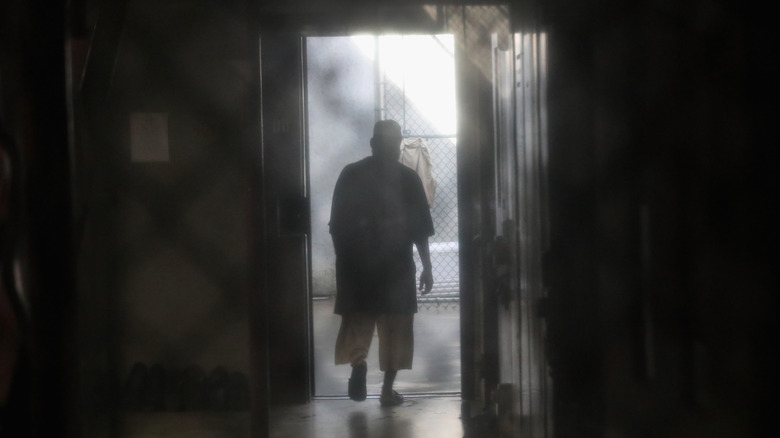
A Day In The Life Of A Prisoner At Guantanamo Bay

The Truth About John Lennon's Incident At The Playboy Mansion
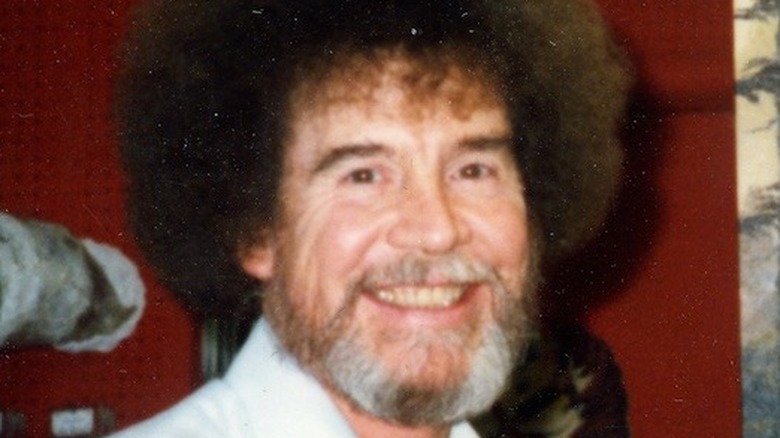
How Long It Took Bob Ross To Film An Entire Season Of The Joy Of Painting
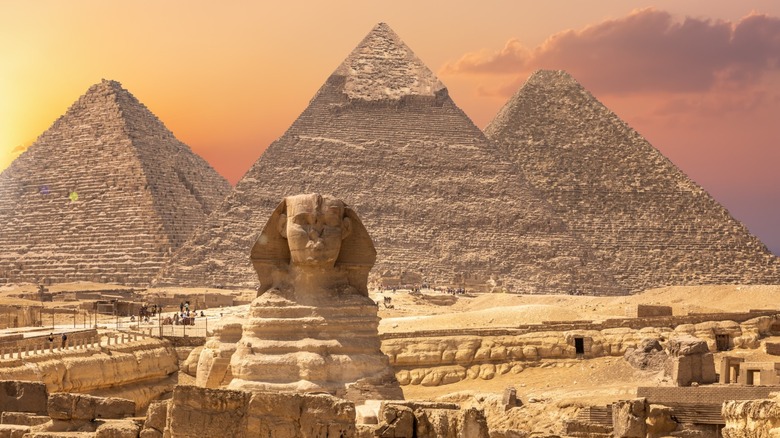
Here's What It Was Like For Criminals In Ancient Egypt

The Time When Cameras Caught An Orca And Whale Fight
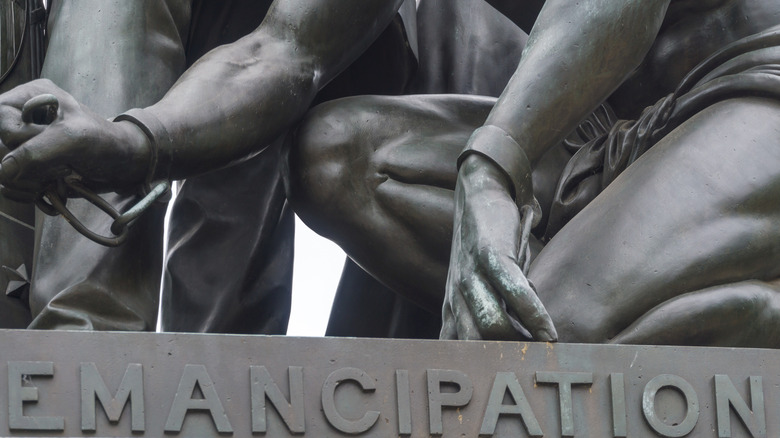
The Untold Truth Of Abolitionist Tunis G. Campbell

The Most Expensive Things You Can Do For Fun In Under 1 Hour
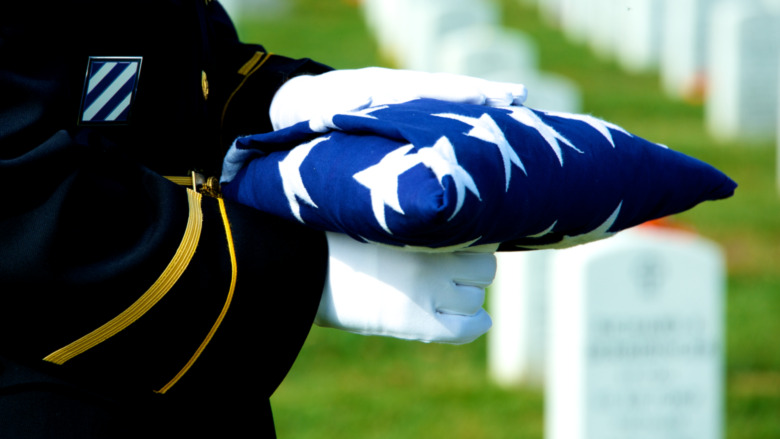
The Untold Truth Of Arlington National Cemetery
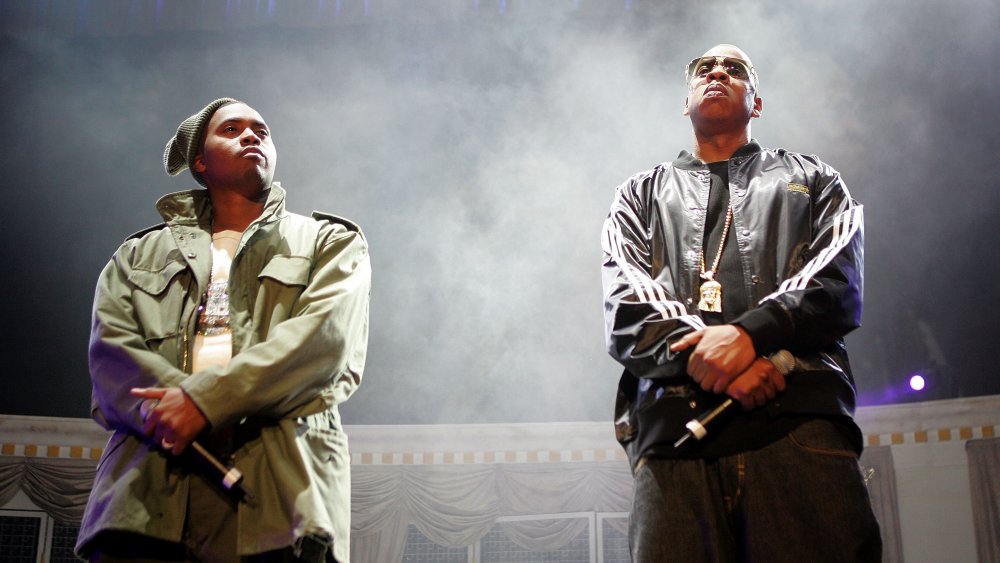
The Real Reason Jay-Z And Nas Couldn't Stand Each Other
